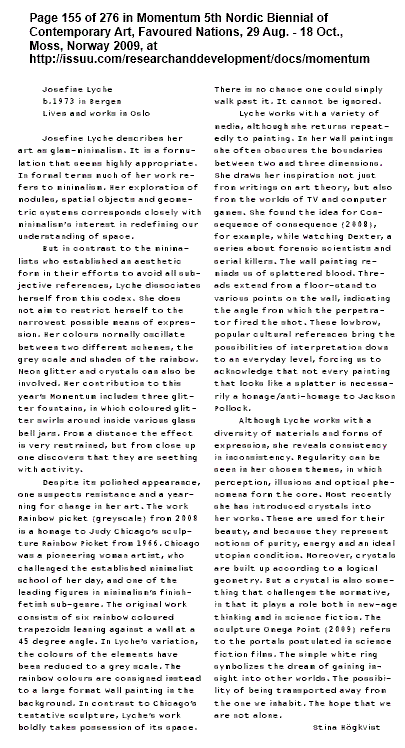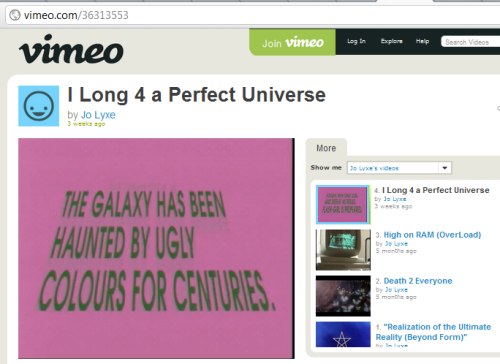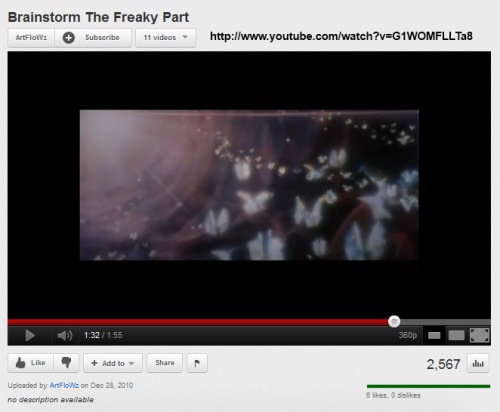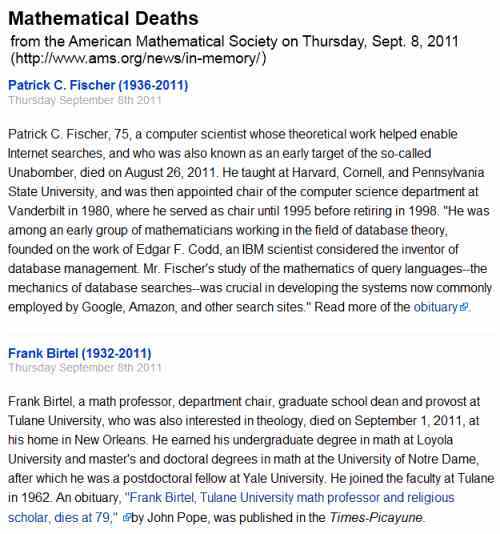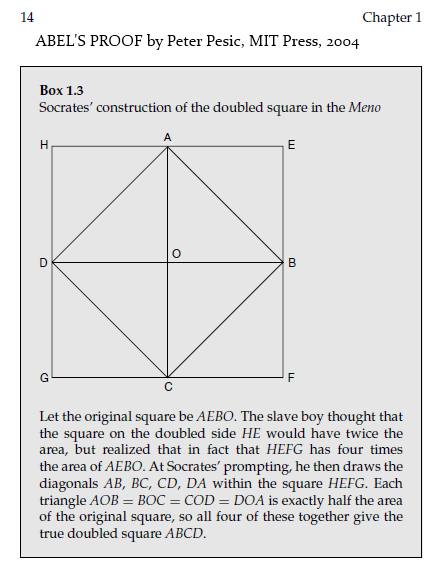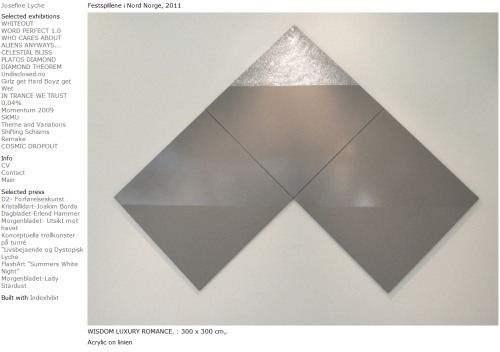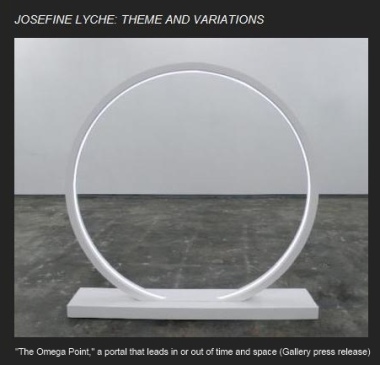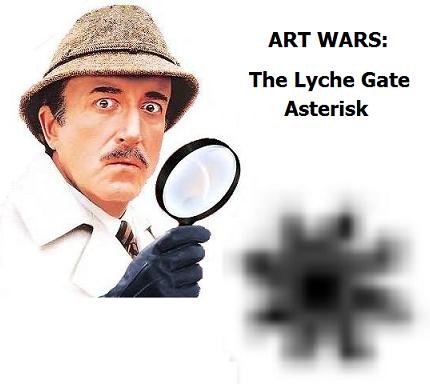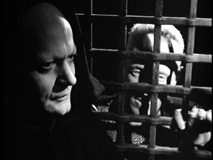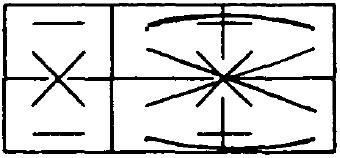The "compact key to universal wisdom" passage in the previous post seemed
too well written to be the work of an anonymous webforum author.
Here is a slightly expanded version—
Throughout history mystics and philosophers have sought
a compact key to universal wisdom, a finite formula or text
that would provide the answer to every question. The use of
the Bible, the Koran and the I Ching for divination and the
tradition of the secret books of Hermes Trismegistus and the
medieval Jewish Cabala exemplify this belief or hope. Such
sources of universal wisdom are traditionally protected from
casual use by being difficult to find as well as difficult to un-
derstand and dangerous to use, tending to answer more quest-
ions and deeper ones than the searcher wishes to ask. The
esoteric book is, like God, simple yet undescribable. It is om-
niscient, and it transforms all who know it. The use of clas-
sical texts to foretell mundane events is considered supersti-
tious nowadays, yet in another sense science is in quest of its
own Cabala, a concise set of natural laws that would explain
all phenomena. In mathematics, where no set of axioms can
hope to prove all true statements, the goal might be a concise
axiomatization of all "interesting" true statements.
Ω is in many senses a Cabalistic number. It can be known
of through human reason, but not known. To know it in detail
one must accept its uncomputable sequence of digits on faith,
like words of a sacred text.
This is Martin Gardner's* and Charles H. Bennett's
revised version of a passage from Bennett's paper
"On Random and Hard-to-Describe Numbers," 1979.
The original passage from Bennett's paper—
Throughout history mystics and philosophers have sought a compact key to
universal wisdom, a finite formula or text which, when known and understood,
would provide the answer to every question. The Bible, the Koran, the mythical
secret books of Hermes Trismegistus, and the medieval Jewish Cabala have
been so regarded. Sources of universal wisdom are traditionally protected from
casual use by being hard to find, hard to understand when found, and dangerous
to use, tending to answer more and deeper questions than the user wishes to
ask. Like God the esoteric book is simple yet undescribable, omniscient, and
transforms all who know It. The use of classical texts to fortell [sic] mundane events
is considered superstitious nowadays, yet, in another sense, science is in quest of
its own Cabala, a concise set of natural laws which would explain all phenomena.
In mathematics, where no set of axioms can hope to prove all true statements,
the goal might be a concise axiomatization of all "interesting" true statements.
Ω is in many senses a Cabalistic number. It can be known of, but not known,
through human reason. To know it in detail, one would have to accept its un-
computable digit sequence on faith, like words of a sacred text.
The Bennett paper deals with Gregory Chaitin's concept of an "Omega Number."
I prefer the Omega of Josefine Lyche—

Click for further details.
See also All Hallows' Eve, 2002.
* Martin Gardner's Mathematical Games column
"The Random Number Omega Bids Fair to Hold the Mysteries of the Universe,"
Scientific American, November 1979, 241(5), pp. 20–34.
The column is reprinted as "Chaitin's Omega," Ch. 21, pp. 307-319 in the
collection of Gardner's columns titled Fractal Music, Hypercards and More,
W.H. Freeman & Co., 1991














